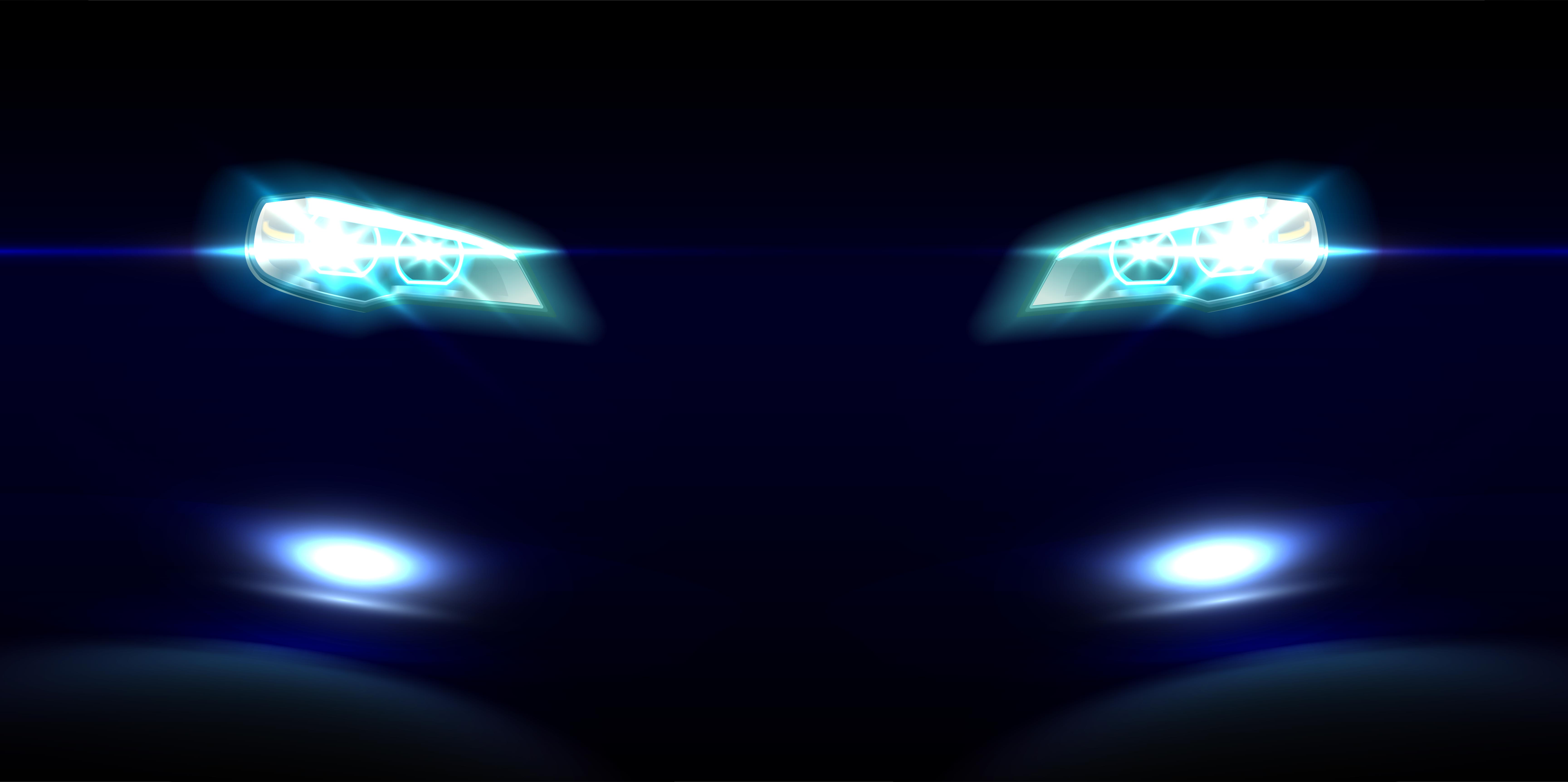Checklist for buying a used Tata Safari


The Tata Safari has been around since 1998 and is still an aspirational SUV for many. However, with many better and more capable SUV choices in the market now, the Tata Safari hasn’t been seeing many takers. more
And now with the new Tata Safari Storme in the market, the Tata Safari 2.2 Dicor and older 3.0 Dicor as well as 2-litre TCIC engine Safaris are easily available in the used car market. However, one needs to be very careful when buying a used Tata Safari, as not all Safaris age well. The Safari also briefly came with a 2.1-litre petrol engine that put out 135 bhp of power – but it was a fuel guzzler.

The first lot of Tata Safaris from 1998 up to 2005 came with a 1998 cc diesel engine that put out 90 bhp of power. This engine was refined for its time, but it was improved over the years. However, it was seen as underpowered for this 2-ton vehicle. Emission norms then forced Tata to discontinue it and launch an interim 3-litre Dicor engine that put out 115 bhp of power. This was a workhorse of an engine, just before the present 2.2 litre Dicor engine came in. The Safari is available in 4×4 and 4×2 variants. Checklist for buying a used Mahindra Scorpio
The USP of the Tata Safari is the interior space it offers – it’s one of the most spacious SUVs around and has one of the most comfortable rear seats as well. Ride quality is good, although handling isn’t great with plenty of body roll and pitching on earlier Safaris. But if you are looking at used Tata Safari, be wary of vehicles that have over 100,000 km on the odometer, as they are high maintenance.
1998-1999: NA – Rs. 1.5 lakh
2000-2001: Rs. 2 lakh
2002-2003: Rs. 2 lakh – Rs. 2.5 lakh
2004-2005: Rs. 2.25 lakh – Rs. 3 lakh
2006-2007: Rs. 3.5 lakh – Rs. 4.25 lakh
2008-2009: Rs. 4.75 lakh – Rs. 6 lakh
2010-2011: Rs. 7 lakh – Rs. 9 lakh
Old Tata Safaris will be high maintenance vehicles, and before buying one, it’s always better to ask for a full history of maintenance. If the Safari has been cared for well, it could serve you well enough, although it’s ideally not a good idea to go for a Tata Safari that is over five years’ old and has seen high mileage.
Here are a few things to look into with a used Tata Safari.
The Tata Safari has a torsion bar independent front suspension and multi-link rear suspension with coil springs. However, it tends to wear off its bushes quite fast. It needs suspension bush replacements every 30,000 km – 40,000 km, and with it come wheel alignment woes. Make sure wheel alignment is constantly done every 5000 km. Also read:Suspension systems – how to identify and fix
The earlier Tata Safari had a weak clutch. The plates tend to wear much faster as the older engine didn’t have robust enough plates to pull the 2-ton weight of the vehicle. Check for clutch slippage, which could indicate expensive clutch replacements. Overhauling a Tata Safari clutch would cost about Rs. 10,000 – Rs. 12,000. When to replace your clutch plates
The Safari also saw front brake pads lasting only about 25,000 km. Check the vehicle’s service history for periodicity of replacements which is indicative of how the vehicle has been driven. Replacing brake pads would cost about Rs. 3000 each time.
The older 2-litre Tata Safari was prone to a shorter life. Check for any unnatural engine sound. There are cases where the engine has needed an overhaul as early as 80,000 km and then there are Safaris which haven’t had any engine issues for over 1.5 lakh km. It depends on how it has been maintained and driven. Stay away from any Safari that doesn’t sound right – repairs can be expensive, and reliability is suspect in the long term. Maintenance checks for cars over 8-years old
Check the body panels for rattles and ill-fitting bits. Plastics tended to break or crack with age. Only the newer Tata Safaris have got better quality fittings. Also check for rusting around the corners of the body in older Safaris. Replacement parts are not too expensive.
If you are planning to buy a second-hand Tata Safari, it would be wise to avoid the older 2-litre engine variant and pick from either the 3-litre Dicor or 2.2 litre Dicor engine variants, which had quite a lot of issues sorted out. Seven tips to maintain your car